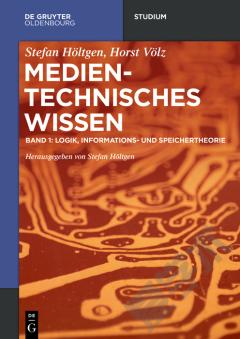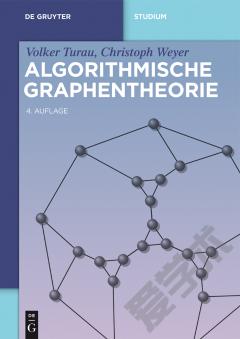Algorithmic Information Theory
This paper reviews algorithmic information theory, which is an attempt to apply information-theoretic and probabilistic ideas to recursive function theory. Typical concerns in this approach are, for example, the number of bits of information required to specify an algorithm, or the probability that a program whose bits are chosen by coin flipping produces a given output. During the past few years the definitions of algorithmic information theory have been reformulated. The basic features of the new formalism are presented here and certain results of R. M. Solovay are reported.
{{comment.content}}








 京公网安备 11010802027623号
京公网安备 11010802027623号